-
Posts
217 -
Joined
-
Last visited
Posts posted by Daniel J. Fox
-
-
Optics are appear mint. No scratches, fungus, haze, separation etc.
Focus smooth.
One tiny point of roughness on the aperture ring close to wide-open, but otherwise in excellent condition.
Has original metal CP front screw-on cap and generic Arri-B slip on rear cap.
Lens has Arri-B mount, not CP proprietary mount. Can be adapted to Arri-PL with a standard adapter and then to MFT, Sony E or any other mirrorless mount.Will only cover S16, unlike the Zeiss 16mm, this lens will not cover MFT.
Posted worldwide at cost.
£1000
-
-
-
-
On 9/2/2021 at 6:32 PM, Phillip Kaminiak said:
Hello. I am looking for a KOWA spherical Cine Prominar 25mm SINGLE LENS.
Age or state doesn't matter, can be Mitchell or BNCR Mounted as well.
Also would help to hear if you know, who might know someone. Happy to hear hints that help to continue the searching journey.
Thanks a lot !
Phillip
Hi Phillip
I do have a single KOWA spherical Cine Prominar 25mm in mint condition on Arri-PL.
I'm not in a hurry to sell (as you know how wonderful these lenses are) but might consider it for the right price.
-
 1
1
-
-
2 minutes ago, D John Carroll said:
Cool.
metric or imperial marks?
Markings are imperial.
-
5 minutes ago, D John Carroll said:
Oh yes. Can you send me some picks
The lens is in storage, but I will get it out tomorrow and send you some images.
Optics are mint. Focus smooth. One tiny point of roughness on the aperture ring close to wide-open, but otherwise in excellent condition.
Has original metal CP front screw-on cap and generic Arri-B slip on rear cap.
-
On 9/23/2021 at 10:56 AM, Alan Kovarik said:
But wide shots on IMAX looks more natural and lifelike, because they are less distorted, right?
I am not sure it is only about the depth of field and wide shots. Even large format portrait or product photography has a specific look.
The idea that larger formats gives less distortion (on equivalent focal lengths) is 100% a myth, but an often repeated one.
The video below shows the differences and how to some extent you can account for the differences in DOF / back blur, which is simply a product of longer focal lengths used (on larger formats) to achieve a specific angle of view.-
 1
1
-
-
On 7/1/2021 at 7:08 PM, D John Carroll said:
Hello, Are these still available?
I have the 12mm and id love to round out the set
I have a Kowa Cine / CP Ultra T16mm for sale if you are still looking for one?
-
In excellent used condition. Minor signs of usage to the woodwork. No chips or scratches.
Electronics have never been used. Can be used to trigger start and stop on compatible cameras.
Very high quality grip, perfect for someone with larger hands. Fitted with standard Arri rosette, fully adjustable.
These are no longer made and so are hard to find. More photos available on request.
Posted worldwide at cost.
£850 ono
-
Famously used by Orson Welles to shoot many shots from "Touch of Evil", dating from 1956. Over 60s years old, but in remarkably good condition.
Some minor cleaning marks visible on front and rear optics. Minor dust. These do not effect the image.
Casing shows signs of wear, paint loss, marks, minor scratches. None of these effect operation.
Aperture works fine, but could do with a service. Focus is smooth and precise.
Lens can be adapted to be used on mirrorless cameras, MFT, E-mount, L and X mount.
It cannot be adapted to Canon EF or Arri PL.
Lens is much in demand for rehousing to Arri PL by Zero Optik.
I own three of these lenses and they are without doubt the best vintage wide angle I've ever used. Often used as a wide angle to compliment Bausch and Lomb Baltars.
More photos available on request.
Will post worldwide at cost.Price: £1450 ono
-
On 4/18/2018 at 6:24 PM, Will Wertz said:
Great! Thank you Ignacio.
This looks to be a Cineovision rehousing for Sanwa rental house in China. These were apparently Cineovision versions of the K35s, so rehousing Canon FD glass.
The housings are different to the standard Cineovision rehousings, which used a mixture of base lenses, mainly Zeiss Contax, OM, some FD, Carl Zeiss Jena, Leica and possibly some Zeiss Standard Speeds. I have several of these lenses, a mix of PL and BNCR.
Attached is a 24mm Cineovision, also made for Sanwa. -
On 8/25/2021 at 7:08 AM, Christian Flemm said:
Hey Daniel!
Sorry to have left you hanging. Indeed I've been looking at the 18.5mm lens quite a bit as of late, 'specially since I can't seem to adapt the one I bought ?
Dom noted that, prior to my purchase, due to the retrofocus architecture, attempting to adapt the 18.5mm BNC mount lens using a BNC-R to MFT/EF might prove difficult (due to it having a "straight cylindrical rear protrusion rather than a tapered or bevelled one"). So I wrote to the buyer who provided measurements of the rear element that seemed to put me in the clear; however, upon receiving the lens I discovered that the rear element was too large to fit through the back of the adapter (which, to a certain point, is bevelled - this beveling being the chief obstacle).
Given that you've adapted several of these lenses, I wonder if you might be able to offer up a BNC to MFT solution for the 18.5mm lens? I'd love nothing more than to adapt it, and I'm sure I'd have a hard time selling it with that mount. Geoffrey Berliner at the Penumbra Foundation suggested I find a Mitchell that's been torn apart and ask that the mount be drilled out so that I could machine my own adapter...sounds nice but highly unlikely! It should go without saying that the Zero Optik rehousing, while ideal, is absolutely out of my price range.
Here's to hoping that something'll come of this...
Best,
C
All of the lenses I've owned have been on Cameflex mount, which makes them very simple to adapt to MFT or any mirrorless mount. The Hawk's Factory adapters are by far the best, letting me use these lenses on both MFT and E-mount cameras.
So no, sorry no idea about adapting BNC. There are adapters out there that claim to be compatible, but it seems to be very much on a lens by lens basis.
https://www.ebay.co.uk/itm/133829143926?hash=item1f28d6ad76:g:KUoAAOSw4NFgL8-K
If a full rehousing by Zero Optik is beyond your budget, maybe enquire with Optitek...
http://optitek.org
... and see if they could rework just the mount for you. These Angenieux wide angles are really special. I have the 14.5mm as well and they are seeing increasing use on a variety of projects. -
On 4/14/2021 at 5:09 PM, Frank Poole said:
Anywhere you look online, it is stated that Canon K35 lenses were used for Aliens, but I recently had a back and forth with someone in the "Anamorphic Shooters" facebook group that piqued my curiosity. I haven't seen any mention of this in the forums, so I'm interested in what info anyone might have aside from this seemingly sensible hearsay:
(names removed)
"Aliens was shot on Panavision lenses, most likely rehoused Zeiss HS optics. The K35s story is an internet myth, one that is repeated as gospel by most rehousing and hire companies. The K35s were used simply on the b-camera for cutaways."
Me - "Really? I can’t find any source that says that, how do you know?"
"A guy I know worked with Adrian Biddle on a commercial project before his death. K35s were not highly regarded lenses until 10 years ago... no one wanted them and there is no way 20th Century Fox would ever let an entire blockbuster with a budget of 18 million be shot on them. Adrian Biddle replaced veteran Dick Bush who was fired by James Cameron. Bush was a very old school DP and there's no way on earth he'd not used Panavison lenses. Aliens was Biddles first movie as a DP and he'd never have been able to send back a full Panavision lens set and replace them with K35s. They had a short schedule and since no one wanted the K35s Biddles was able to get them cheap and have them used on the B-camera for additional coverage.
The internet and especially rental houses listings are full of half truths... and myths ... the reality is... a huge number of movies simply used Panavision glass. Panavision were rehousing lenses since the 1950s and still are... and in that time have used Bausch & Lomb, Nikon, Leica and especially Zeiss optics as the basis for their lenses. If you believe the internet: Hitchcocks, "The Birds" was shot on SuperBaltars... even though the movie came out in 1962 and the lenses were released in 1966/67. The Godfather was shot on SuperBaltars... even though a good portion of the lens was shot on Gordon Willis' custom made Panavision 40mm. American Hustle was shot on K35s... well half true, the original casings were so useless they were quickly replaced by Zeiss Superspeeds. Kubrick used K35 on Barry Lyndon... not true... he used an early Canon FD specially rehoused. Aliens being shot on the K35s is yet another one of those myths. In their original unrehoused form they were a pain and in fact 10 years ago a case of lenses would cost you about 5k.
...the K35s are very popular now... but never were at the time... even though they did win an Oscar. All but the 18 and 35mm are basically rehoused FDs (with some improvements to the coatings) which is why they cover a LF sensor. The truth about lens choices pre digital... often it was a lot less sexy and complicated than we think... it was what was there, what worked and what gave the sharpest image on 35mm film. Plus the most reliable mechanics... and that was part of the K35s downfall... and their uneven focus throws.
you might find this piece worth a read. Gregory Irwin who worked on American Hustle also AC'd on Joker, Interstellar... his credits list is huge."
That looks like my original post on the K35s Frank ?
A lot of research since that post was made - and yes my friend was mistaken about Panavision glass, but research has revealed information closer to what appears in this thread and in fact from some of the same sources.
Aliens main lens set appears to have been MovieCam BNCR primes, which were a mix of Canon FDs (most likely the slower lenses) with additional focal lengths made using Olympus Zuiko OM F2 prime lenses. It's easy to work out which primes must have been OMs, as they don't exist in the FD range.
One of the confusing factors appear to be that the name "K35" was used interchangeable (or possible as a catch all term), for both the MovieCam lenses and the Canon high speeds. The K35s were Cinema Products housings, while the Moviecam lenses were rehoused in Austria for Moviecam, using a mix of Canon FD and Olympus OM glass.
Rental listings from the 1980s place the K35 Canon lenses into the "high speed" category alongside the Zeiss Superspeeds. While these Moviecam lenses were considered standard lenses, alongside Zeiss, Kowa, Super Baltars etc.
When DPs refer to using "Canon" glass it is unclear if they are referring the K35s (high speed FD glass), or these much larger, but slower lens sets made by Moviecam. Additional FDs were rehoused to be used alongside the Canon HS glass by Optex etc
The listing for the Alien lens package I've seen is:
14mm T2.817mm T2.0 (21mm Olympus Zuiko OM modified)
20mm T2.0 (21mm Olympus Zuiko OM)
24mm T2.0
28mm T2.0
35mm T2.0
50mm T2.0
85mm T2.0
100mm T2.8
135mm T2.8
180mm T2.8 (180mm Olympus Zuiko OM)
Some Moviecam lens kits also included a 40mm F2 Olympus Zuiko OM. This appears to have been a popular photography lens for rehousing as it featured in the Cineovision spherical set, alongside mainly Contax Zeiss lenses, with additional lenses using OM, Leica, FD and Jena glass.
More information on the lens set and some informed discussion about the differences between the K35s and Moviecam primes.
https://www.reduser.net/forum/showthread.php?36886-FS-Set-(11)-Canon-K35-Primes-w-Extras-
 1
1
-
-
On 6/30/2021 at 9:39 PM, Ignacio Aguilar said:
Bear in mind "Touch of Evil" was shot in regular 4-perf 35mm, which has a diagonal of (aprox) 27.2mm, while 4-perf Super 35mm is 31.1mm, thus increasing the risk of vignetting and/or portholing. Most of the modern S35 sized sensors at least 27mm or more.
As I said, "pretty clean" coverage. ?
There is some darkening in the corners on S35, and clearly the illumination circle is being used to cover a modern S35 frame.I'm still intending to have one of my lenses rehoused by Zero Optik and it will be interesting to see its coverage then, given the rehousings much wider frontage. I suspect the coverage will still be "tight", but acceptable and still better than the Cooke Speed Panchro 18mm.
-
On 1/5/2021 at 9:25 PM, Christian Flemm said:
Dom, you are a godsend! And thanks for the history lesson – I needed it!
Angenieux introduced the 18.5mm in (I believe) 1951. I've read that the lens wouldn't cover the full frame sensor of (say) my 5D were I to adapt it, and that it'd be much like equipping an APS-C lens.
Any idea if this is true? If the lens was manufactured for a Mitchell camera, for Academy ratio, how could it be the case that the vignetting would be as severe as with an APS-C lens on a full frame camera?
Are you still looking at these lenses? I have three Angenieux 18.5mm which I've mounted on a variety of cameras.
On MFT there image circle covers perfectly (obviously), on modern S35 sensor there can be a touch of a vignetting in the corners. This depends on which version of the lens us used. The classic type as used on Touch of Evil has pretty clean coverage due to the wide built in lens hood.
On FF / 135, the image circle no where near covers.





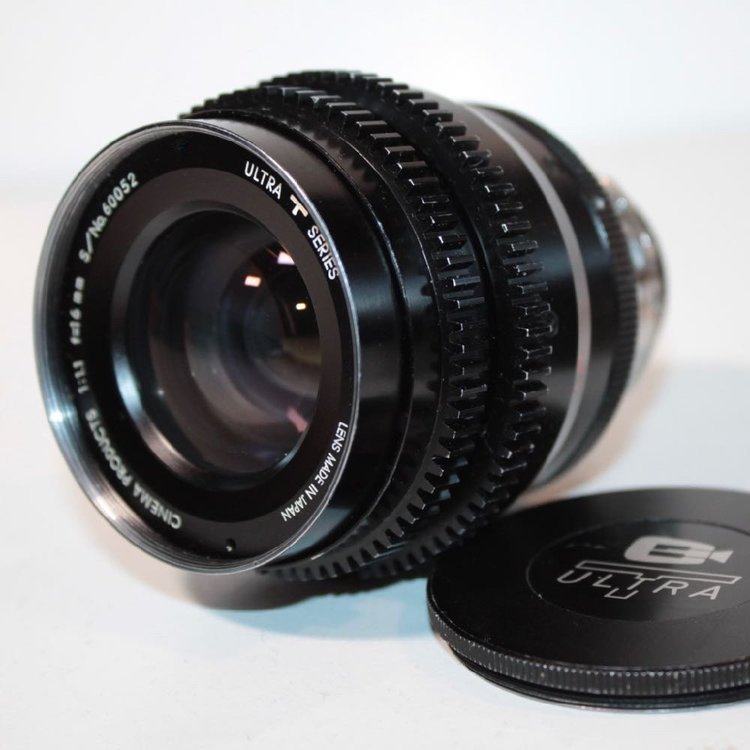
.thumb.jpg.f51a73dd4ee45970a098cc5f150feedf.jpg)
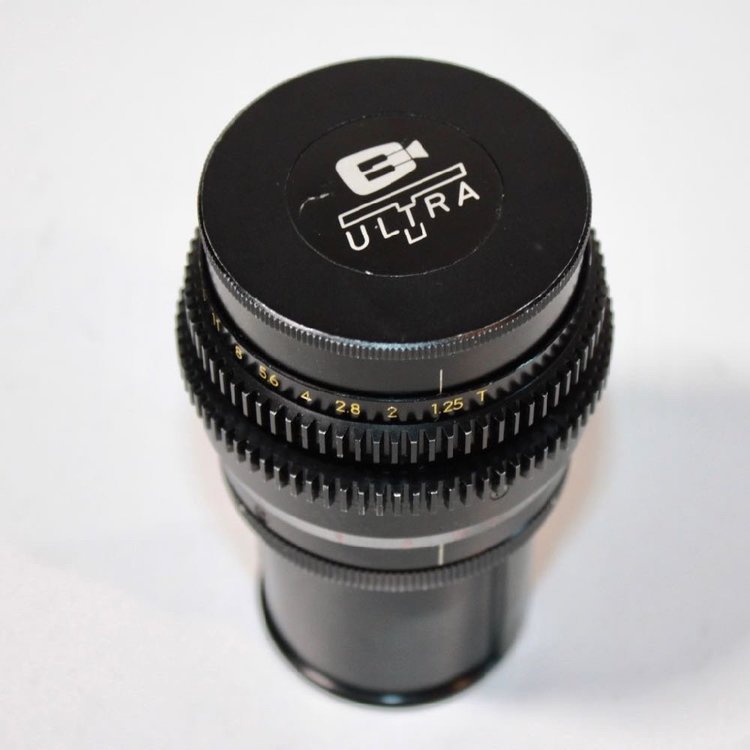
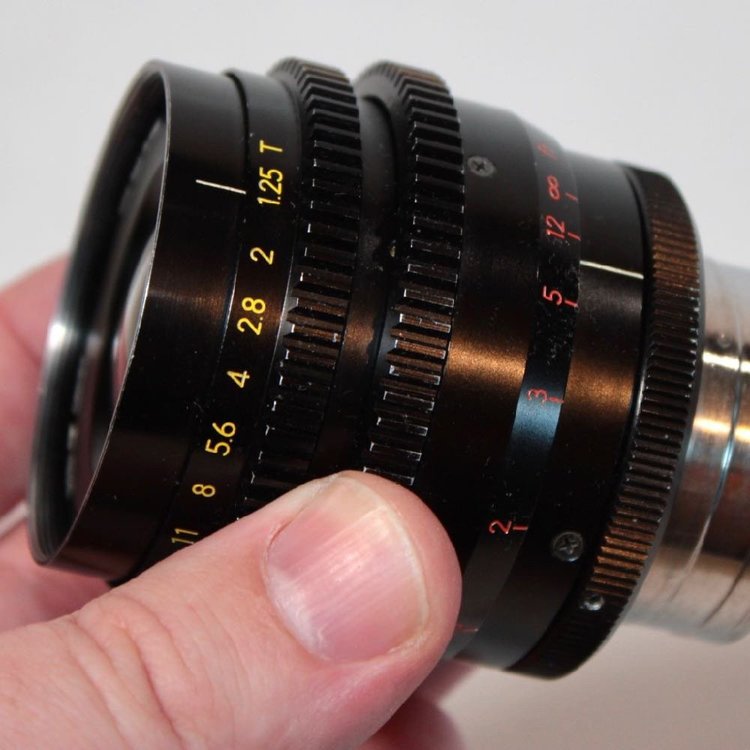
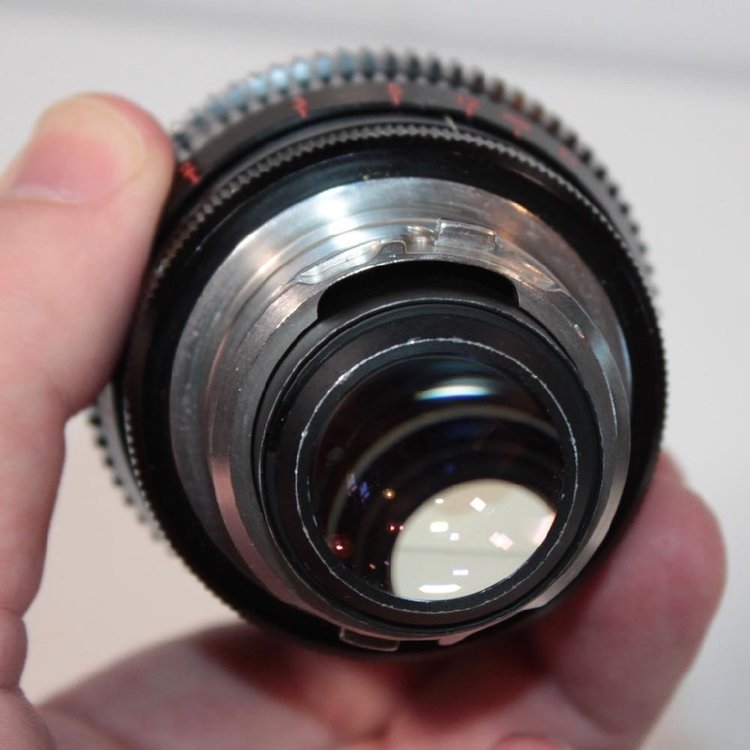

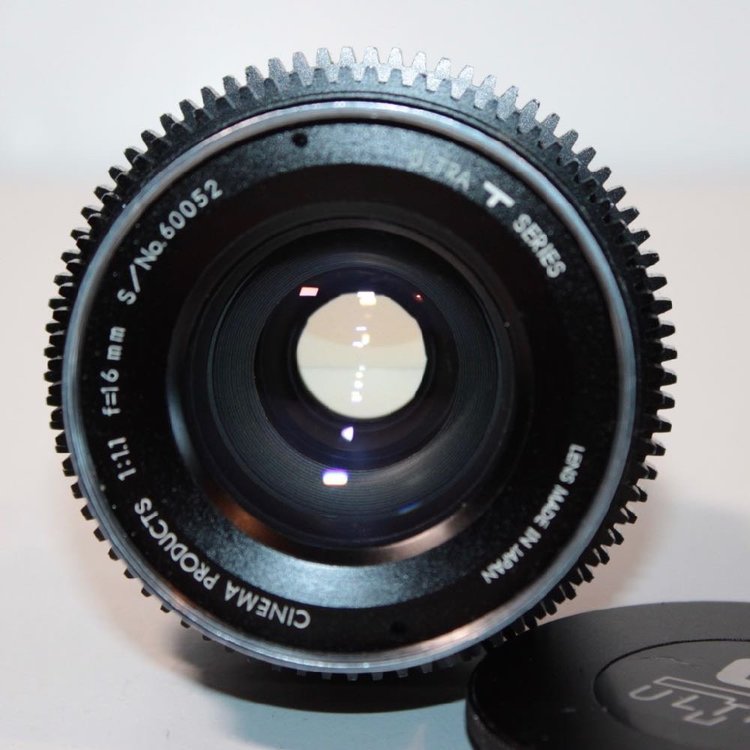

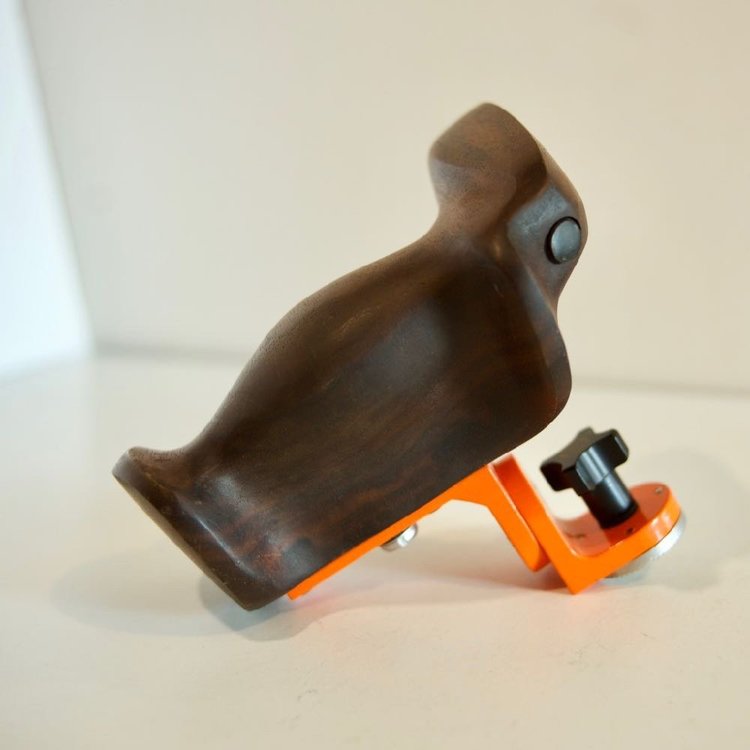
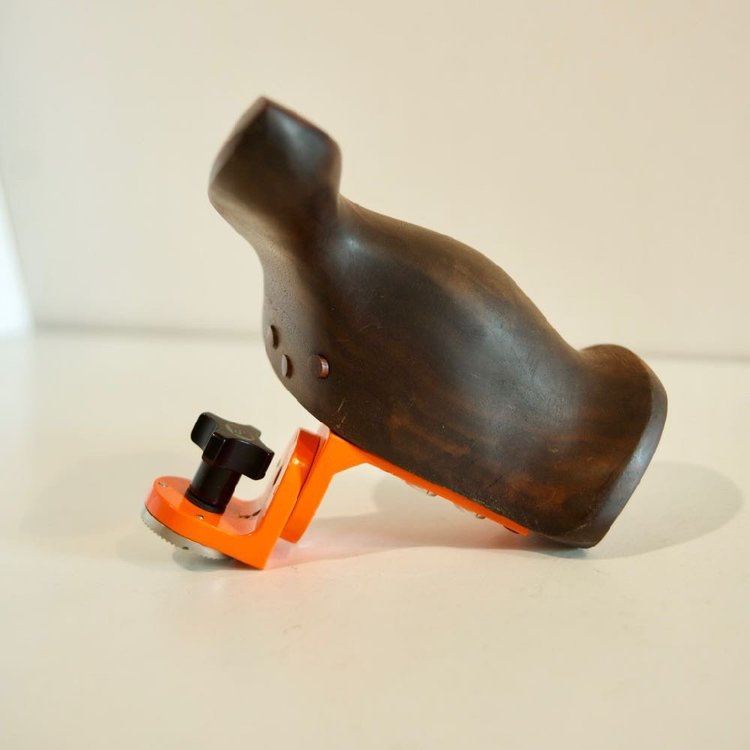

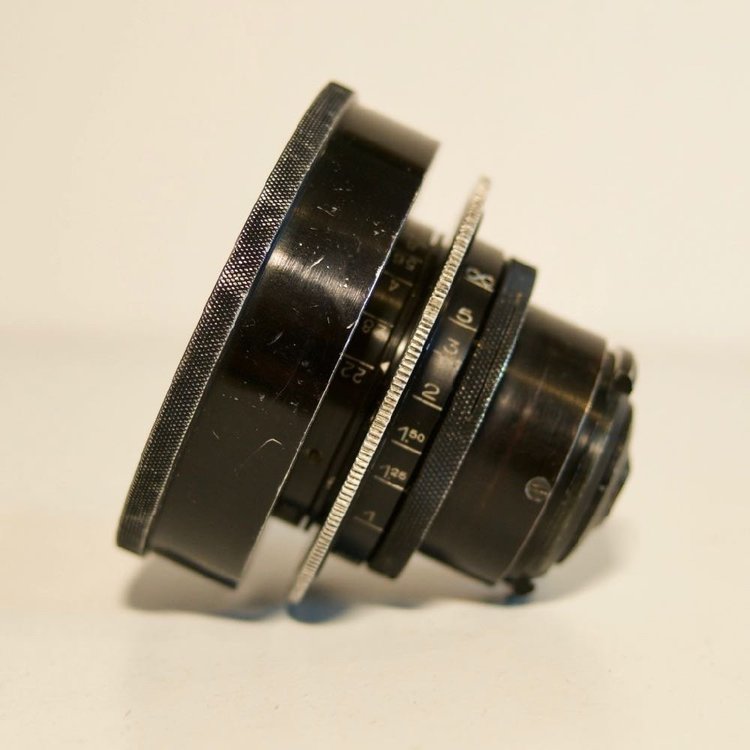

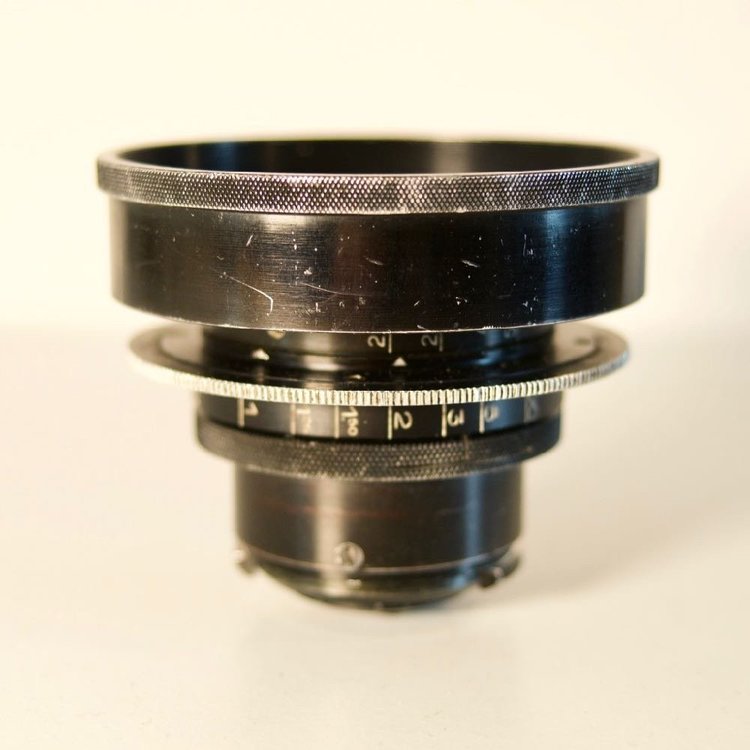
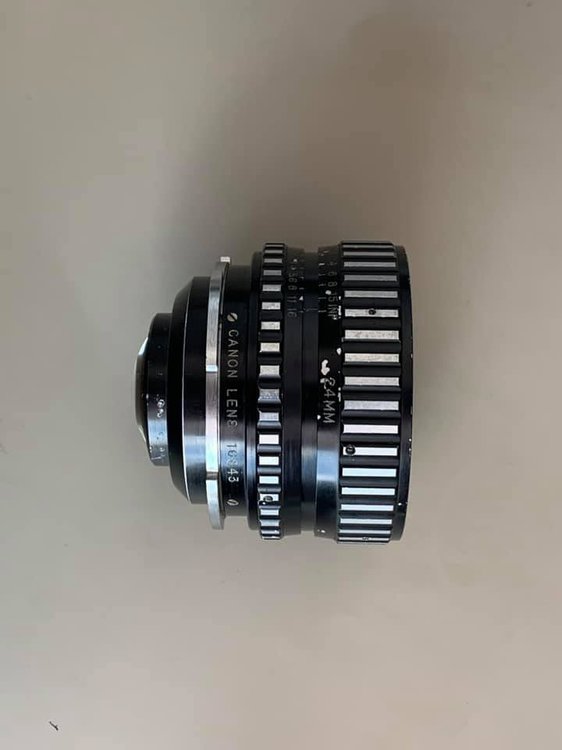

FS: Kowa CP Ultra T lens 16mm - Super16 Cinema Products Arri-B
in Cine Marketplace
Posted